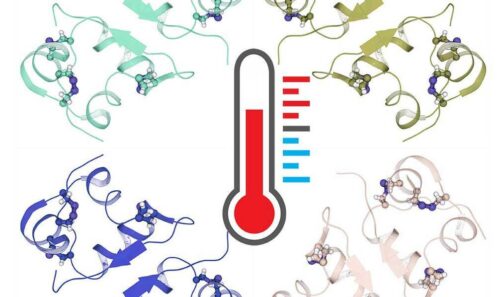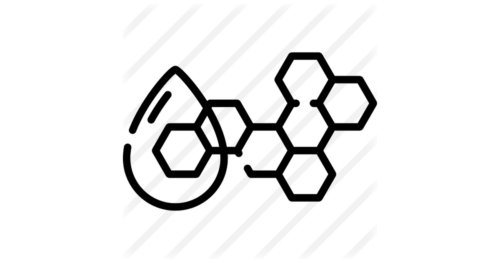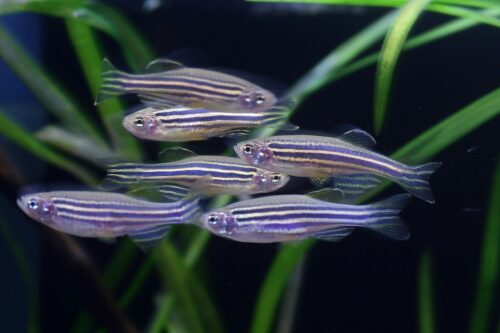Fullerene is a nanosized carbon structure with potential drug delivery applications. We studied the bioeffects of a water-soluble fullerene derivative, fullerenol, with 10-12 oxygen groups (F10-12); its structure was characterized by IR and XPS spectroscopy. A bioluminescent enzyme system was used to study toxic and antioxidant effects of F10-12 at the enzymatic level. Antioxidant characteristics of F10-12 were revealed in model solutions of organic and inorganic oxidizers. Low-concentration activation of bioluminescence was validated statistically in oxidizer solutions. Toxic and antioxidant characteristics of F10-12 were compared to those of homologous fullerenols with a higher number of oxygen groups:F24-28 and F40-42. No simple dependency was found between the toxic/antioxidant characteristics and the number of oxygen groups on the fullerene’s carbon cage. Lower toxicity and higher antioxidant activity of F24-28 were identified and presumptively attributed to its higher solubility. An active role of reactive oxygen species (ROS) in the bioeffects of F10-12 was demonstrated. Correlations between toxic/antioxidant characteristics of F10-12 and ROS content were evaluated. Toxic and antioxidant effects were related to the decrease in ROS content in the enzyme solutions. Our results reveal a complexity of ROS effects in the enzymatic assay system.
Related researches 71 articles
























![Inhalable gadofullerenol/[70] fullerenol as high-efficiency ROS scavengers for pulmonary fibrosis therapy](https://biofullerene.com/wp-content/uploads/2022/12/istockphoto-12925559-440x356.jpg)

























![Palladium-Catalyzed Reaction of [60]Fullerene with Aroyl Compounds via Enolate-Mediated sp 2 C-H Bond Activation and Hydroxylation](https://biofullerene.com/wp-content/uploads/2022/12/2978543-356x356.png)











